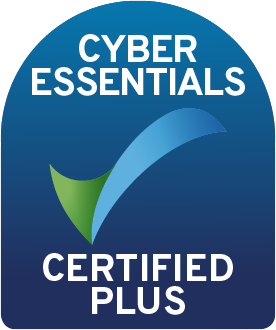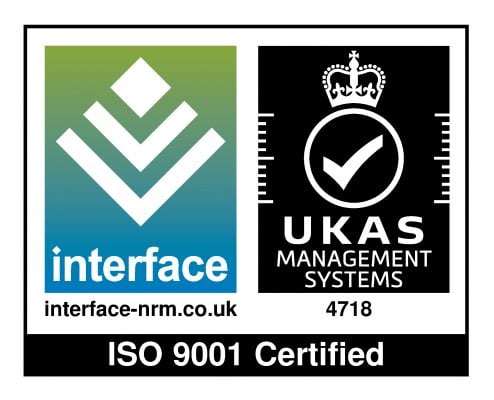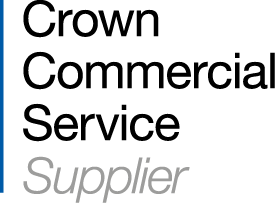There are many factors to consider when choosing the right learning management system (LMS). Cost, functionality, integration options, scalability and reporting tools are some of the fundamental considerations that will lead the decision-making process for most organisations. And, among these key stakeholders should be UX. In this blog, we’ll explore why UX should be a top priority for LMS users and run through what makes a good UX in an LMS.
What is LMS UX?
The user experience (UX) refers to the overall experience that users of an LMS have while using the platform. The UX determines how learners, teachers/trainers and administrators engage and interact with the LMS. The UX refers to the usability, design, functionality, and intuitiveness of a system’s UI (user interface). To find, create and maintain an effective LMS user experience, organisations must keep in mind the needs and expectations of the people that will be using it.
Why is a good LMS UX so important?
There are a great number of benefits that come with delivering a powerful e-learning UX design for LMS users, all of which will ensure the effectiveness of the platform, along with producing better L&D outcomes.
- Engaged and motivated learners – When an LMS is easy to use and visually appealing, learners are more likely to feel engaged and motivated to use the platform.
- Increased ROI – When an LMS is easy to navigate with an easy-to-use UI, users are more likely to explore additional features and pages within the platform. This results in higher adoption rates and a better ROI.
- Better learner outcomes – With effective, clear, and engaging content presentation, learners will find it easier to absorb information and retain knowledge.
- Streamlining the learning process – When an LMS is easier to use, less time is wasted on trying to navigate around the platform and more time is spent on completing learning.
- Higher customer satisfaction - If an organisation is using its LMS to train customers, an effective e-learning UX means customers may be more likely to recommend the platform to others.
- Beat the competition – The UX isn’t fundamentally determined by the ‘out of the box’ LMS. Two organisations can have the same LMS but depending on their LMS provider or in-house site admins, the UX of the two systems can be completely different.
What makes a good LMS UX?
Intuitive and user-friendly interface
A poor UX results in a platform that is difficult to use and requires hours of training before users can understand how to navigate their way around the LMS. While some organisations may offer some initial training for learners on how to use the LMS, the interface should be intuitive and user-friendly so that learners can find their way around the system relatively easily in the first instance.
An LMS with an effective UX will have a flexible, user-centric UI so that they can easily access the functionality that they require in order to get the best out of their learning experience. There should be clear guidance on how to use the platform and directions that make it easy to navigate. The layout of the platform should be organised, with elements such as dashboards to clearly display where learners need to go in order to complete their training.

Clear content organisation
LMS users should be able to easily access the appropriate courses, lessons and learning materials without having to sift through an entire library of content. An effective LMS UX should give learners immediate access to their chosen or assigned learning through elements such as playlists, bespoke content libraries or learning plans.
Our Totara platform has been exclusively designed by our team of UX experts so that a top banner display can be customised with an image, course summary, overall course completion, and even course tags to enable easy topic module searching. As a result, learners have immediate access to the relevant content with a clear understanding of how many lessons they have or haven’t completed. Additionally, we have designed lessons and courses to include estimated ‘time to complete’ displays, so that learners can understand how long an activity will take and plan their learning accordingly..png?width=1080&height=150&name=Slim%20blog%20CTAs%20(18).png)
Responsive design
The modern-day e-learning UX should include an LMS with a responsive design so that users can complete learning on any device. LMS content should easily transfer between laptops, PCs, mobile devices and tablets to give learners access to L&D content anywhere and at any time. Our Moodle and Totara platforms boast mobile apps and intuitive, responsive designs – delivering the best UX for learners who wish to carry out learning on their preferred device.
Customisation and personalisation options
To deliver the best UX, an LMS should feel like an extension of the other online platforms and sites used within an organisation. This can be done by replicating features such as branding, logos, colours, fonts, language style and images. Maintaining this consistency can be done with customisation and personalisation tools.
Our Moodle LMS has been exclusively designed to include a 'hero' banner at the top of the page, with sliding functionality and customisable elements (imagery, colour, text, and clickable links).
Tracking learner progress
With personal development plans, learning plans and assigned courses, learners may soon feel overwhelmed when considering what learning has or hasn’t been completed, especially if they have no straightforward way to track their progress.
One of the most effective ways to ensure an organised and streamlined LMS user experience is to provide learners with clear and concise ways to automatically track their progress. For example, we have designed our Totara platform so that the 'Current Learning' module displays quick view summaries of module activity, with progress bars and completion percentages alongside alerts such as approaching or missed due dates – ensuring learners can easily stay on top of learning.
Visual aids such as our exclusively designed Totara activities will display completed activities as green and incomplete activities as greyed out. This design provides instant clarification on what has or hasn’t been completed, in a visually satisfying and easy-to-understand way.
Where can you find bespoke UX enhancements?
Optimising your LMS UX can be costly and time-consuming when done in-house, not to mention a lot of UX enhancements require expert knowledge and experience. That’s why we developed our own optimised LMS UX designs – available to our clients at no extra cost. Our Moodle and Totara platforms have been optimised to deliver the best UX that you won’t find anywhere else. Developed by our in-house teams combined with our nearly 20 years' experience, our exclusive HubkenCore UX brings out the very best of our featured platforms. Find out more here.

.png?width=1080&height=150&name=Slim%20blog%20CTAs%20(22).png)




